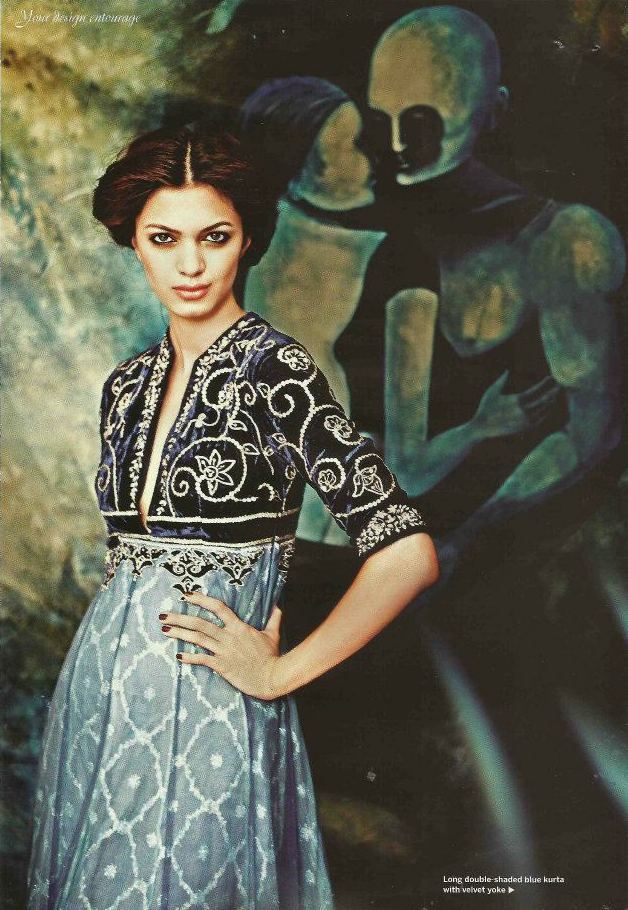"Dress is at all times a frivolous distinction, and excessive solicitude about it often destroys its own aim." - Northanger Abbey
As should you Janeite! Keep the spirits of Elinor Dashwod and Lizzie Bennett alive in your every day life.
Rakehell has a great blog breaking down the different types of dresses that women would wear on a day-to-day basis (up to five costume changes a day! I'm lucky if I make it out of yoga pants).
 |
| Image via |
 |
| Image via |
A throwback to the Grecco-Roman era tunics that were oh-so-trendy due to their breathability (a fashion "Do" back in the 3rd century A.D.)
The high-waisted style was reintroduced in late 18th century France before crossing the channel to England. As you may remember from World History Class, England and France were on the outs around this period, but a flattering cut and opportunity for fun accessories waits for no short man with a Napoleon complex (except Marc Jacobs).
As with any trend - This style started with wealthy and aristocracy and slowly became more accessible to the gentry and lower classes. As Rakehell mentions, morning dresses (the regency equivalent of your high school basketball sweats) were often made out of old, lower-waisted pieces.
 |
| Image via |
Sleeve length and necklines varied slightly but no lady would have ever let her bosoms out during the day. Your Lydia Bennetts needed to stay covered up until the sun went down.
Beyond the pieces of lace or thin fabric that kept things rated G, women would wear short coats, or long coats, because every girl needs a few options.
Throw something on your head (bonnet) and feet (boots or slippers), and you're the picture of regency fashion (accessories including coats and hats to be covered in a future blog).
 |
| Image via |
When the Gwenyth Paltrow version of Emma came out, the empire waist trend exploded. Do you remember what you wore in 1996? It was so high-waisted. Trust me.
Since then, waist lines have gone down overall but the empire silhouette is still a classic style that occasionally makes a jaw dropping reappearance. This stunning Indian Bridal outfit has all the pieces of a regency-style ensemble fit for an actual queen including the high waist, the contrasting cropped brocade top (reminiscent of a Spencer coat) and the juxtaposition of intricate detail and fabric simplicity.
 |
| Image via |
And for all of us there are gorgeous dresses (that cost slightly less than gowns from Oscar De La Renta's ready-to-wear) that celebrate this time period. The ladies of Improvised Jane Austen tend to gravitate towards shorter dresses as they allow for the dark pants/boots combo we wear in the spirit of all the regency men we play.
 |
| Dress via |
Most empire-waisted dresses are found in the maternity or bridesmaid section these days. But there are occasionally options to be found for those of us not currently with-child or with-demanding best friend.
I've included a dress that hark back even further to the original Grecco-Roman style, still a perfect homage to the era.
Many have a deep v-neck that wasn't quite regency (the preferred styles were much more shallow, both in rounded and v-neck) and a few with lower waist lines, but nearly spot-on fabric and necklines.
 |
| Dress via |
Any of these dresses with a short sweater to cover the shoulders and the occasional sash (which should often be traded out for a sash of a bold and different color, especially if you are trying to attract the eye of a handsome suitor) and the spirit of Jane will be with you.
 |
| Dress via |
Click on the caption of any of these dresses to be lead directly to a purchasing website. Or put on some slippers and cover your head and go forth to town to find the perfect morning or afternoon gown.
It should have on or more of the following:
- empire silhouette
- A deep scooped neckline (v-neck, rounded or sweetheart)
- cap sleeves
- ankle length (if you don't anticipate you might play a man at any point during the day)
- sash
- white/light colored cottons with simple patterns or embroidery
And remember, no ensemble is complete without a rye smile and sharp remark.
 |
| Dress via |
 |
| Dress via |
Thank you to all who contributed to our Indie Go-Go campaign. With a portion of the funds so graciously donated, the ladies of Improvised Jane Austen will be able ensure that we all have the appropriate costumes for future shows. And even though we've met our goal, donations are still graciously accepted.
If you've already found the perfect dress, do join us for tea on Sunday, March 24 at 2 PM.







